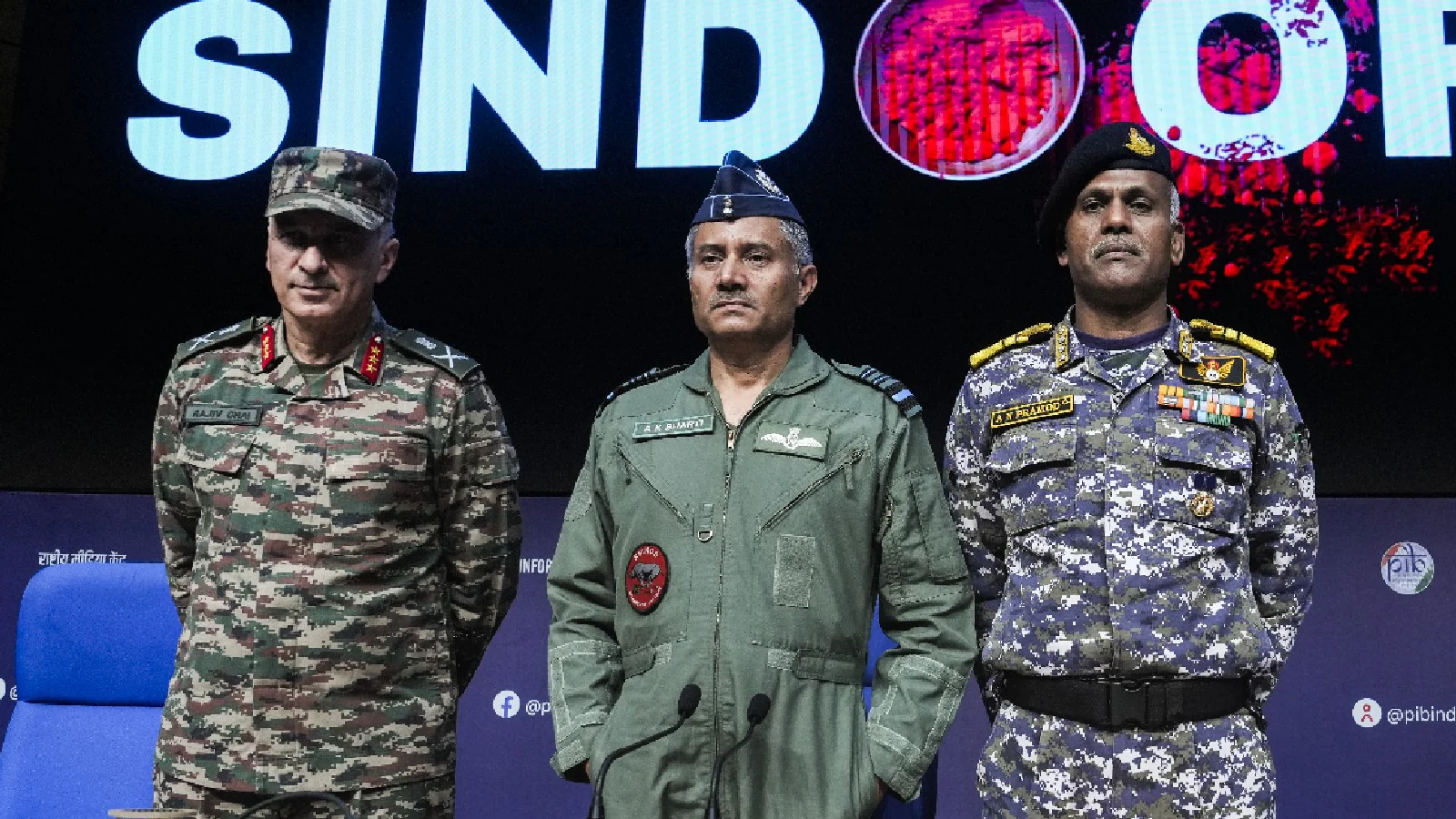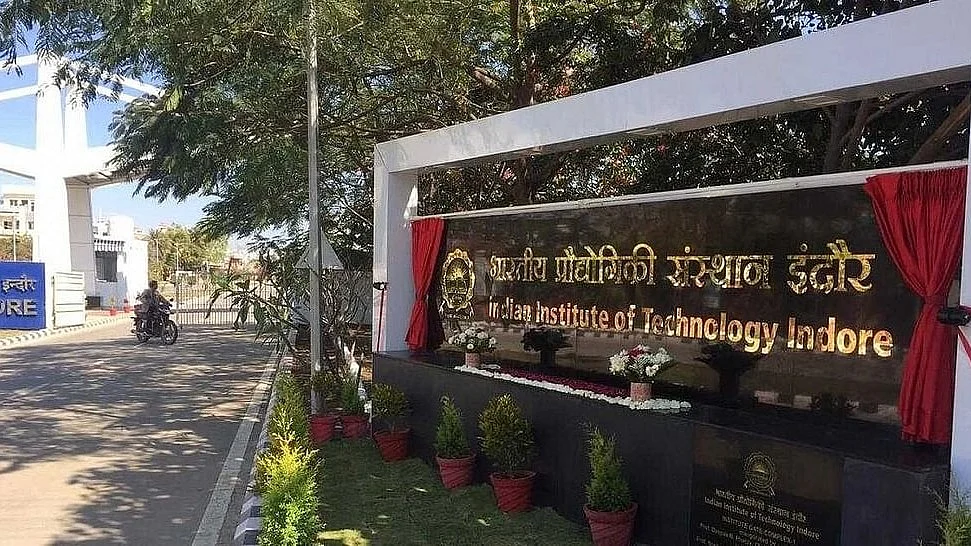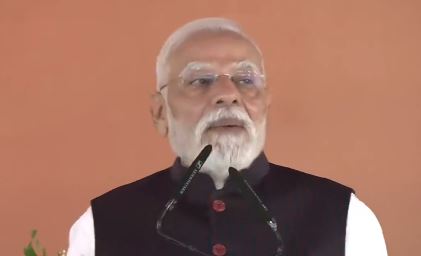By News18,Prosenjit Nath
Copyright news18

Lt Gen K.J.S. “Tiny” Dhillon’s latest work, Operation Sindoor, is a gripping narrative of India’s steely response to one of the most audacious terrorist attacks in recent memory. Written with the precision of a seasoned soldier and the strategic depth of a military thinker, the book takes readers through the events of 22 April 2025, when the tranquil Baisaran Valley in Pahalgam, Jammu & Kashmir, witnessed unimaginable bloodshed, and the decisive Indian military operation that followed forever altered the security dynamics of South Asia.
This is far more than a war memoir; it is a story of national will, military modernisation, and the delicate game of geopolitics between two nuclear-armed neighbours.
Lt Gen Dhillon, PVSM, UYSM, YSM, VSM (Retd), is a respected military mind and no stranger to authorship. Having already penned two national bestsellers, his third book goes beyond the mere reporting of events. It captures India’s ability to balance strategic restraint with the necessity of decisive action. Like his previous works, this one is poised to become an essential read for military professionals, strategic thinkers, and concerned citizens who seek to understand the real architecture of India’s security doctrine.
Baisaran Valley, often called “Mini Switzerland” for its breathtaking meadows and serene tourist trails, forms the backdrop for the book’s opening chapters. In a matter of moments, this idyllic setting was transformed into a scene of horror when heavily armed terrorists launched a well-coordinated attack. The perpetrators belonged to The Resistance Front (TRF), a Lashkar-e-Taiba (LeT) proxy organisation backed by Pakistan’s military establishment and the notorious Inter-Services Intelligence (ISI). Dhillon’s description is vivid and unsettling: the sudden crackle of automatic gunfire echoing through the valley, terrified tourists running for their lives, and the devastating toll of 26 innocent people killed, including newlyweds, elderly pilgrims, and solo trekkers.
The author humanises this tragedy by recounting stories of extraordinary courage amidst chaos: a Hindu professor who narrowly escaped death by reciting the kalma to convince terrorists he was a Muslim, a Christian man who sacrificed himself to shield his family, and a local Muslim guide who died saving others, defying the killers’ narrative. These stories serve as a stark reminder that terrorism recognises no religion and aims to destroy the very fabric of India’s pluralistic society.
The narrative then shifts focus from the ground-level carnage to the strategic corridors of New Delhi and military command centres. The attack was among the deadliest in recent years and demanded a response that went beyond symbolism. India’s answer came in the form of Operation Sindoor, a carefully planned, multi-dimensional military campaign designed to cripple terror networks at their roots. Dhillon meticulously details how the operation unfolded: air strikes on Jaish-e-Mohammed camps in Bahawalpur, targeted assaults on Lashkar strongholds in Muridke, and the destruction of launch pads and supply bases in Pakistan-occupied Jammu & Kashmir (PoJK).
This “Four-Day War,” as Dhillon aptly calls it, represents the heart of the book. His insider’s perspective provides readers with a rare glimpse into how India’s armed forces coordinate in real time. From war rooms where strategies were debated to the precise execution by the Army, Air Force, Navy, and intelligence agencies, the narrative showcases India’s transformation into a modern, technology-driven military power. Drones, precision-guided munitions, and cyber warfare tools all played pivotal roles in this operation. Yet what stands out is the restraint and professionalism with which the mission was executed. Civilian casualties were minimised, and escalation into a full-scale war was carefully avoided.
In today’s interconnected world, Dhillon emphasises, wars are fought not only with weapons but also with information. Operation Sindoor was as much a battle of perception as it was a military campaign. Pakistan’s propaganda machinery swung into action almost instantly, attempting to distort facts and paint India as the aggressor. The Indian state, however, had learned from past experiences. By leveraging both mainstream and social media platforms, India successfully countered misinformation, projected factual narratives, and secured domestic support as well as international understanding. Dhillon argues persuasively that this information war was just as crucial as the actual strikes in shaping global opinion and isolating Pakistan diplomatically.
The aftermath of Operation Sindoor extended far beyond the borders of Jammu & Kashmir. Dhillon provides a thoughtful geopolitical analysis, explaining how the operation reset India–Pakistan relations and created a new “rules-based framework” for cross-border engagements. By demonstrating its capacity and political will to strike terror sanctuaries deep inside Pakistani territory, India sent a clear message: future provocations would be met with swift and decisive action.
The book also explores the delicate diplomatic balancing act undertaken by New Delhi. While maintaining pressure on Pakistan, India kept crucial global players, including the United States, Russia, and European allies, onside. At the same time, India worked to prevent China from openly aligning with Islamabad, reflecting New Delhi’s growing sophistication on the world stage.
What sets Operation Sindoor apart from many military narratives is its balance of operational detail and human emotion. The inclusion of on-ground soldier accounts, eyewitness testimonies, and photographs of destroyed terror camps adds a layer of immediacy and authenticity. Dhillon’s writing is direct, unembellished, and grounded in experience. The gravity of his prose reflects the seriousness of the subject, making the book accessible yet deeply impactful.
The concluding chapters are particularly noteworthy for their sobering realism. While Operation Sindoor was undeniably a tactical triumph, Dhillon cautions against complacency. The deeper challenge of defeating terrorism lies in sustained vigilance, internal unity, and long-term strategic planning. He underscores that the Pahalgam attack was not merely about Pakistan’s proxy war; it was also a test of India’s internal cohesion. The interfaith acts of bravery during the attack — Hindus, Muslims, and Christians standing together — illustrate that India’s strength lies in its pluralism and shared national identity.
For readers interested in military strategy, counterterrorism, and geopolitics, Operation Sindoor offers rare insights and a compelling narrative. But beyond the military and political dimensions, it is also a deeply human story of lives lost, lives saved, and a nation’s unyielding resolve in the face of terror. Dhillon’s work occupies a unique space in contemporary Indian military literature. It is both an operational case study and a broader reflection on India’s journey as a confident, modern power.
Operation Sindoor is more than a chronicle of war; it is a testament to India’s courage and maturity. It reminds us of the cost of freedom, the price of security, and the resilience of a nation determined never to bow before terror. It is a must-read for policymakers, security experts, and every citizen who believes in a strong, united India.
The writer is a technocrat, political analyst, and author. He pens national, geopolitical, and social issues. His social media handle is @prosenjitnth. Views expressed in the above piece are personal and solely those of the author. They do not necessarily reflect News18’s views.



